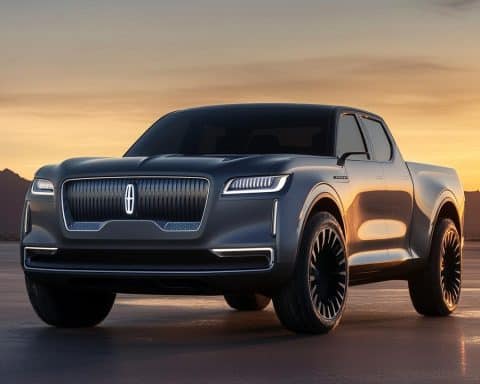A new proposal is being introduced in California that aims to promote safer use of electric bicycles by restricting their use for children under 12. Assemblywoman Tasha Boerner is planning a pilot program that would prohibit young children from riding e-bikes in areas that choose to opt into the program.
The initial legislation, which required riders between the ages of 12 and 16 to complete a written test and obtain a license to operate an e-bike, faced opposition from state departments due to its cost and implementation challenges. As a result, the bill was amended to focus on a city-by-city pilot program for children under 12, restricting their use of Class 1 and Class 2 e-bikes.
In addition to the pilot program, another bill proposes the creation of a digital handbook that consolidates e-bike regulations and road rules. This bill gained support by transitioning from a physical handbook to a less expensive and labor-intensive e-book.
Both bills have successfully passed the Senate’s Transportation Committee and will proceed to the full Senate for further consideration. If signed by the governor, the effective date for these measures will be January 1. Municipal leaders will then have the option to choose whether to participate in the pilot program.
Assemblywoman Boerner emphasizes the importance of safe e-bike operation for children, stating that e-bikes are not suitable for those under 12. E-bikes classified as Class 1 and Class 2 can reach speeds of up to 20 mph, while Class 3 e-bikes can reach speeds of up to 28 mph. Currently, helmets are required for riders under 18, but not for adults on Class 1 and Class 2 e-bikes. However, helmets are mandatory for all riders on Class 3 e-bikes.
The introduction of these bills addresses the need for consistent regulations across California and aims to ensure the safety of young e-bike riders. Community leaders and parents are encouraged to participate in the California Highway Patrol’s online e-bike safety training course. By implementing these measures, it is hoped that e-bike usage among children will become safer and more regulated in the state.
The introduction of the proposed legislation in California reflects the growing concerns about the safe use of electric bicycles, particularly among young riders. The e-bike industry has experienced significant growth in recent years, with more people adopting these modes of transportation for their daily commute or recreational activities.
According to market forecasts, the demand for electric bicycles is expected to continue rising. A report by Market Research Future projects that the global e-bike market will reach a value of approximately $46 billion by 2023, with a compound annual growth rate (CAGR) of 5.79% during the forecast period.
However, along with this growth, there have been increasing concerns about the safety of e-bike riders, particularly children. The higher speeds and power capabilities of e-bikes compared to traditional bicycles pose additional risks, especially for young and inexperienced riders.
The proposed pilot program in California seeks to address these concerns by restricting the use of e-bikes for children under 12. By implementing this program on a city-by-city basis, the aim is to observe the impact on safety and assess the feasibility of broader regulations.
Another bill that has gained support proposes the creation of a digital handbook that consolidates e-bike regulations and road rules. This shift from a physical handbook to an e-book format is a cost-effective and efficient way to provide updated information and guidelines to e-bike riders.
The passage of these bills through the Senate’s Transportation Committee indicates the recognition of the importance of regulating e-bike usage and ensuring the safety of riders. If these bills are signed into law, it will be up to municipal leaders to decide whether they want to participate in the pilot program, highlighting the flexibility of implementation based on local circumstances and preferences.
The concerns raised by Assemblywoman Boerner regarding the suitability of e-bikes for children under 12 align with the existing regulations that highlight the risks associated with higher speeds. E-bikes classified as Class 1 and Class 2 can reach speeds of up to 20 mph, while Class 3 e-bikes can reach speeds of up to 28 mph. The distinctions in speed capabilities emphasize the need for additional safety measures for riders of different age groups.
The introduction of these bills addresses the need for consistent regulations across California, particularly with regards to helmet requirements. Currently, helmets are mandatory for riders under 18, but not for adults riding Class 1 and Class 2 e-bikes. However, helmets remain mandatory for all riders of Class 3 e-bikes, which can reach higher speeds.
To support this initiative and ensure informed e-bike usage, the California Highway Patrol offers an online e-bike safety training course. Community leaders and parents are encouraged to participate in this course to gain a better understanding of e-bike safety practices and regulations.
In conclusion, the proposed legislation in California, along with the potential pilot program and the creation of a digital handbook, demonstrate the state’s commitment to the safe and responsible use of electric bicycles. By implementing these measures, it is hoped that e-bike usage among children will become safer and more regulated, contributing to the overall goal of enhancing road safety and protecting riders of all ages.















